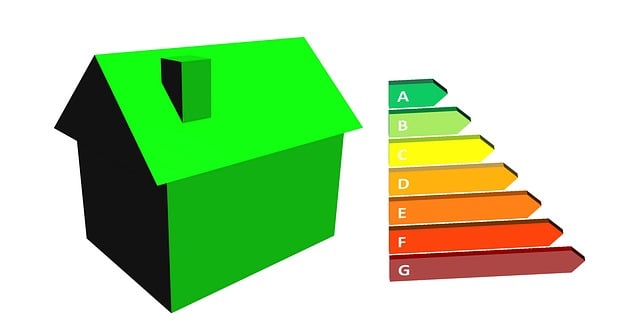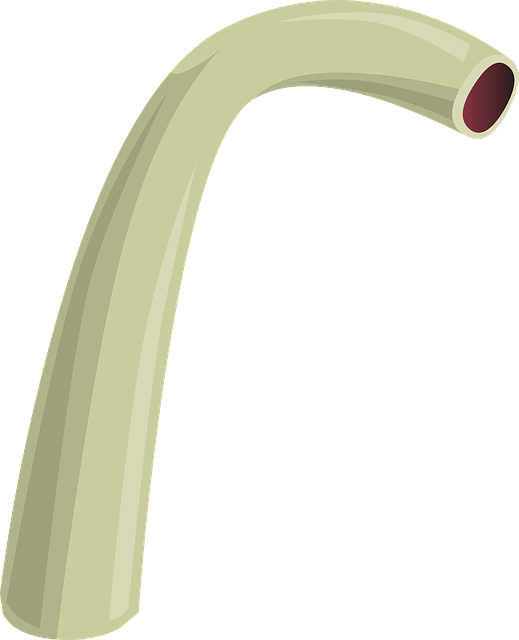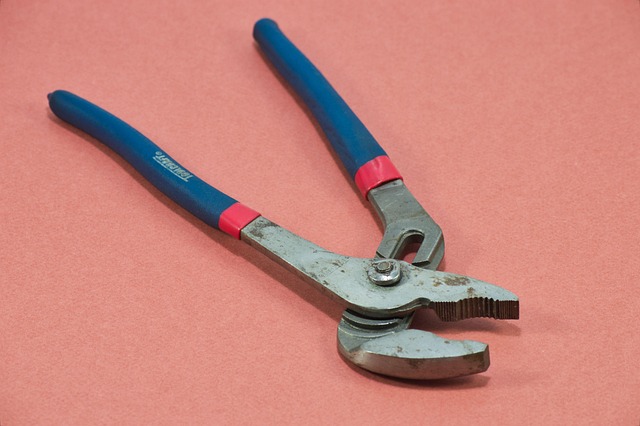Maintaining optimal water pressure (40-60 PSI) is crucial for safe and efficient plumbing. Professional evaluations are essential to identify low/high pressure or fluctuating readings early, preventing costly repairs and prolonging system lifespan through regular inspections. These evaluations detect subtle issues, saving fixtures and appliances from damage and ensuring optimal pressure for daily use, also providing data for future maintenance strategies. Routine inspections and professional assessments are vital for catching early signs of water pressure problems, avoiding severe later issues. Devices like pressure reducers and backflow prevention assemblies help maintain optimal pressure, while regular maintenance reduces risks.
Recent inspections have highlighted potential water pressure issues in various systems, raising concerns among homeowners and building managers. This article delves into the critical aspect of understanding water pressure dynamics, its common problems, and associated risks. We explore the invaluable role of professional evaluations in early detection, highlighting advanced inspection methods for accurate assessment. Furthermore, practical solutions and prevention strategies are presented to mitigate these risks effectively.
- Understanding Water Pressure: Common Issues & Risks
- The Role of Professional Evaluations in Detection
- Inspection Methods for Accurate Assessment
- Mitigating Risks: Solutions & Prevention Strategies
Understanding Water Pressure: Common Issues & Risks

Understanding water pressure is crucial for maintaining a safe and efficient plumbing system. In homes, water pressure should typically fall between 40 to 60 PSI (pounds per square inch) for optimal performance and comfort. However, several common issues can arise, such as low water pressure, high pressure, or fluctuating pressures, which may indicate problems in the plumbing, pipes, or water main.
Professional evaluations are essential to identify these issues accurately. Low pressure can result from leaks, clogged pipes, or a failing water heater, while high pressure can lead to pipe damage, rust, and even bursting. Regular inspections help prevent these risks and ensure the longevity of your plumbing system. By addressing water pressure problems promptly, homeowners can avoid costly repairs and maintain a reliable water supply for their daily needs.
The Role of Professional Evaluations in Detection

Professional evaluations play a pivotal role in detecting potential water pressure issues that might go unnoticed otherwise. These comprehensive assessments, conducted by trained specialists, offer an unbiased and detailed insight into the state of plumbing systems. Through advanced techniques and tools, professionals can identify subtle anomalies, such as fluctuating pressure levels or leaks, which could lead to more serious problems over time.
By engaging the services of experienced evaluators, homeowners and businesses alike can benefit from early detection. This proactive approach allows for timely repairs, preventing potential damage to fixtures and appliances, and ensuring optimal water pressure for daily use. Moreover, professional evaluations provide valuable data that can inform future maintenance strategies, enhancing overall system efficiency.
Inspection Methods for Accurate Assessment
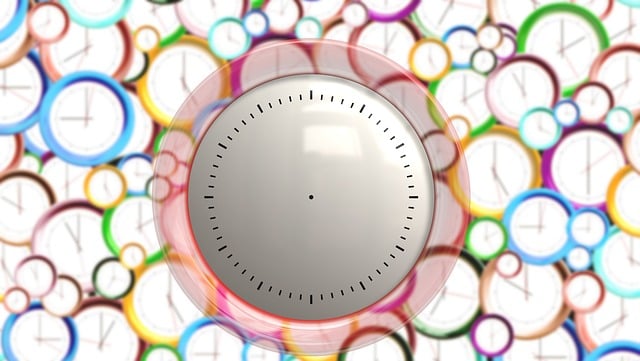
Inspections are a crucial step in identifying potential water pressure issues within residential or commercial properties. Professional evaluators employ a range of methods to ensure an accurate assessment. These include utilizing specialized equipment, such as pressure gauges, to measure water pressure at various points throughout the plumbing system. Additionally, visual inspections allow experts to identify signs of wear and tear, leaks, or corrosion that could indicate underlying problems.
By combining these approaches, professionals can uncover potential issues that may not be immediately apparent. This comprehensive evaluation ensures that any discrepancies are addressed promptly, preventing more serious water-related problems down the line. Relying on professional evaluations is essential for maintaining a safe and efficient plumbing system.
Mitigating Risks: Solutions & Prevention Strategies
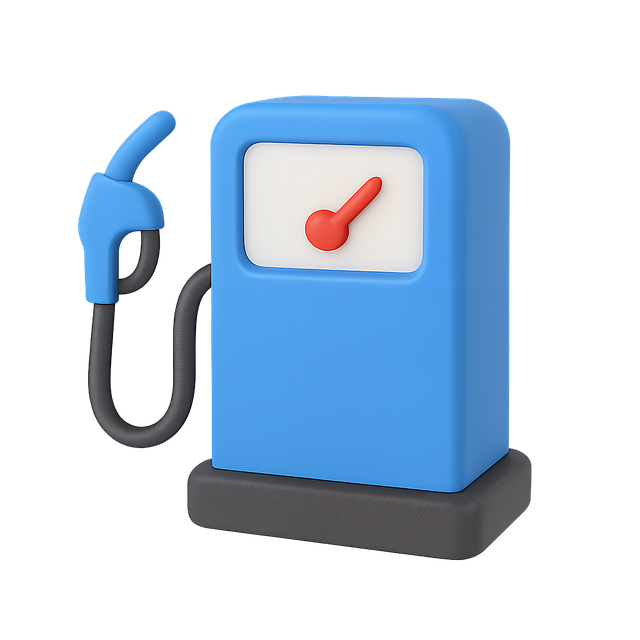
Regular inspections and professional evaluations are crucial in identifying potential water pressure issues early on, preventing more serious problems down the line. One effective strategy is to install pressure regulation devices, such as pressure reducers or backflow prevention assemblies, which can mitigate risks by maintaining optimal water pressure levels.
Additionally, routine maintenance of plumbing systems, including checking for leaks and corrosion, can significantly reduce the risk of pressure-related issues. Homeowners and property managers should also consider upgrading older pipes and fittings to modern materials known for their durability and resistance to water damage. Preventive measures, coupled with timely professional evaluations, ensure a well-maintained plumbing system and protect against costly repairs and disruptions caused by water pressure problems.


